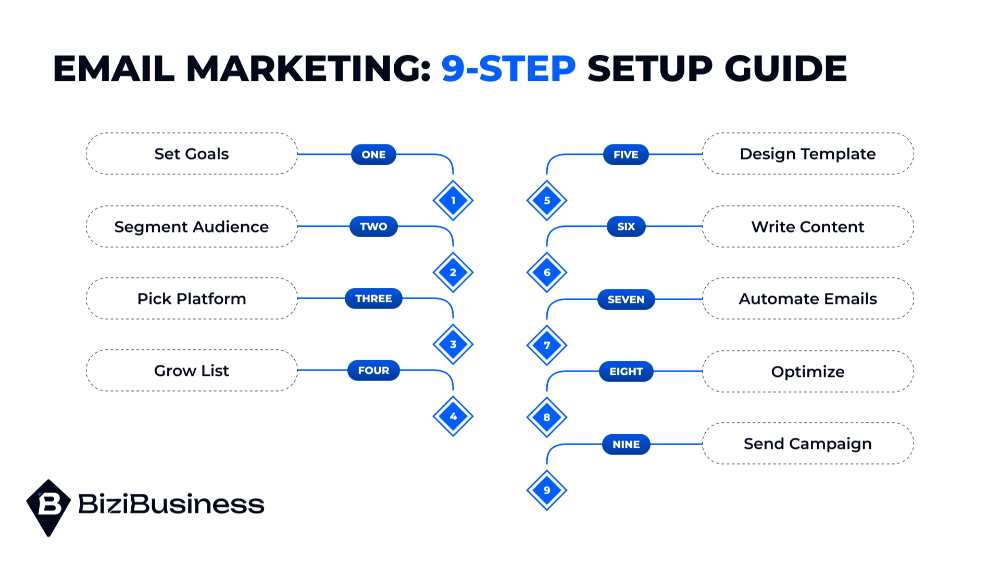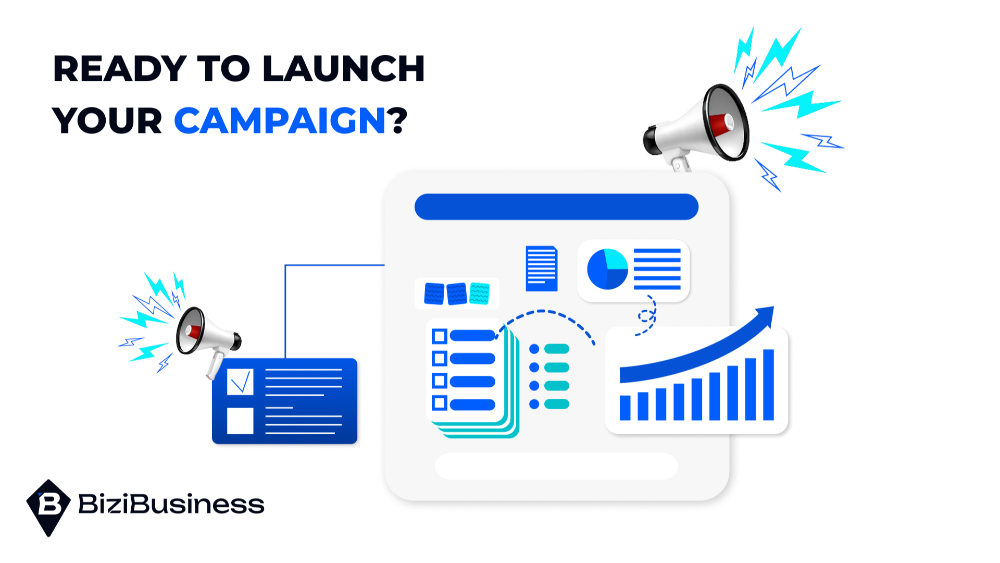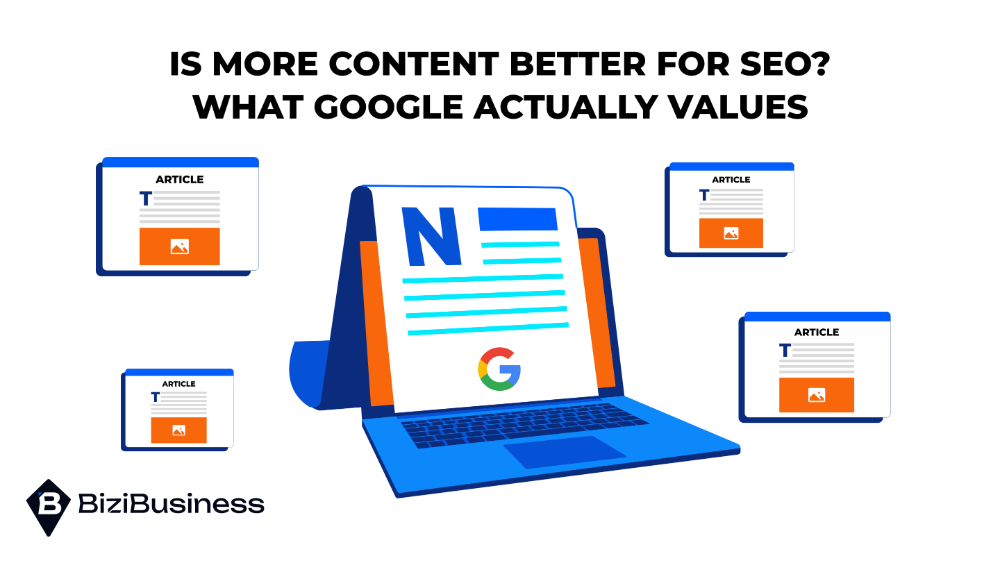Contents
Learn how to set up an email marketing campaign step-by-step. Follow simple tips to plan, build, and launch campaigns that drive real results.
Email marketing remains one of the most cost-effective digital marketing strategies, boasting impressive ROI and engagement rates. But to harness its full potential, you must know how to set up an email marketing campaign that truly converts. This step-by-step guide walks you through the essential stages, from defining your goals and building a quality list to crafting compelling emails and tracking performance. Whether you’re a beginner or refining your strategy, this guide ensures every email hits the mark. Let’s dive in and transform your email efforts into a powerful marketing engine.
Understanding Email Marketing
Email marketing is a digital strategy that involves sending emails to a targeted list to promote content, build relationships, or drive conversions. As a cornerstone of digital marketing, it’s an essential component for anyone learning how to create an email marketing strategy or how to run an email marketing campaign effectively. It allows businesses to reach customers directly and deliver personalized experiences.
Benefits:
- Direct Communication: Engage subscribers in a one-on-one setting, boosting trust and loyalty.
- Cost-Effective: Email marketing is affordable and delivers a high return on investment.
- Measurable Outcomes: With analytics tools, marketers can track performance and refine tactics—key to how to create an effective email marketing campaign.
Step-by-Step Guide to Setting Up an Email Marketing Campaign
If you’re looking to learn how to create an effective email marketing campaign or how to run an email marketing campaign that converts, follow this structured approach to get results.

Step 1: Define Your Campaign Goals
Setting clear, actionable goals is the foundation of any successful email marketing strategy. Without direction, your campaigns may lack focus and fail to deliver value.
- Use SMART goals—Specific, Measurable, Achievable, Relevant, and Time-bound—to stay aligned with your business objectives.
- Example: “Increase click-through rates by 15% in the next 60 days” is a strong SMART goal.
Step 2: Identify and Segment Your Target Audience
Understanding your audience is key to how to create an email marketing strategy that resonates.
- Audience Analysis: Leverage analytics tools to assess demographics, purchase history, and engagement behavior.
- Segmentation Strategies: Segment by interests, buying behavior, location, or engagement level to tailor your messaging and increase conversions.
Step 3: Choose an Email Marketing Platform
Your choice of platform can significantly impact your efficiency and results.
- Key Features: Look for drag-and-drop editors, A/B testing, automation workflows, and robust analytics.
- Popular Tools: Mailchimp (user-friendly for beginners), Brevo (formerly Sendinblue, great for automation), and ActiveCampaign (advanced CRM integration).
Step 4: Build and Grow Your Email List
A healthy, permission-based email list is at the core of how to run an email marketing campaign effectively.
- List Building Techniques: Offer valuable lead magnets (eBooks, checklists), use pop-up signup forms, and integrate opt-ins across your website and social channels.
- Compliance: Always follow email marketing laws like GDPR or CAN-SPAM by collecting consent and allowing easy opt-outs.
Step 5: Design Your Email Template
Great design enhances readability and reinforces your brand identity.
- Best Practices: Use responsive designs, clear fonts, strategic white space, and CTA buttons that are easy to click on mobile.
- Brand Consistency: Stick to your color scheme, logo, and tone of voice across all templates.
Step 6: Craft Compelling Email Content
Even the best strategy can fall flat without engaging content.
- Subject Lines: Keep them short, personalized, and curiosity-driven—this is often the make-or-break element.
- Body Content: Use a conversational tone, short paragraphs, relevant images, and a clear CTA. Personalization tags like [First Name] can boost engagement.
Step 7: Set Up Email Automation
If you want to create an effective email marketing campaign that scales, automation is a must.
- Benefits: Save time, increase consistency, and respond to user behavior in real-time.
- Automated Campaigns: Use welcome series, cart abandonment follow-ups, birthday emails, or re-engagement sequences.
Step 8: Test and Optimize Your Emails
A/B testing is critical for improving performance over time.
- A/B Testing: Test subject lines, CTA placement, image use, or email layout.
- Metrics to Track: Monitor open rates, click-through rates, bounce rates, unsubscribe rates, and conversions to evaluate success.
Step 9: Schedule and Send Your Campaign
Timing can significantly influence open and click rates.
- Optimal Send Times: Generally, Tuesday to Thursday mornings perform best, but test your own list to find the sweet spot.
- Frequency: Avoid email fatigue. Aim for consistency—weekly or biweekly is often effective.
Step 10: Analyze Results and Refine Your Strategy
Your work doesn’t stop after hitting “send.”
- Data Analysis: Use platform reports and Google Analytics to assess what worked and what didn’t.
- Continuous Improvement: Apply insights to improve future campaigns, adjusting subject lines, offers, segmentation, and timing.
Common Mistakes to Avoid
Even if you know how to set up an email marketing campaign, certain missteps can undermine your efforts. Avoiding these common errors is crucial to creating an effective email marketing campaign.

List of Pitfalls:
- Neglecting Mobile Optimization: Over 60% of emails are opened on mobile devices. Ignoring mobile responsiveness can lead to poor user experience and high bounce rates.
- Sending Irrelevant Content: One-size-fits-all messaging often misses the mark. It’s essential to segment your list and tailor messages to user behavior and preferences.
- Over-emailing or Spamming: Too many emails can lead to subscriber fatigue and higher unsubscribe rates.
- Ignoring Unsubscribe Requests: Failing to honor opt-outs violates regulations like GDPR and can damage your sender reputation.
- Lack of Clear CTAs: Emails without a clear call to action confuse readers and reduce engagement.
- Skipping Testing: Without A/B testing, you miss the opportunity to refine subject lines, layouts, and timing for better performance.
Solutions:
- Always use mobile-friendly templates with responsive design.
- Invest in list segmentation and content personalization to stay relevant.
- Set a consistent email frequency and respect subscriber preferences.
- Comply with privacy regulations by including easy unsubscribe options.
- Include clear, compelling CTAs that drive users to take action.
- Regularly test and analyze your emails to improve performance over time.
Ready to Launch Your Campaign?

Learning how to set up an email marketing campaign is a vital step in building lasting relationships with your audience and driving measurable business growth. From setting SMART goals and segmenting your audience to designing compelling content and automating your workflow, every step plays a crucial role in your campaign’s success.
By avoiding common pitfalls and consistently analyzing your results, you’ll not only create an effective email marketing campaign but also enhance it over time. Start small, stay focused, and keep optimizing—because the more you practice, the better your campaigns will perform.




